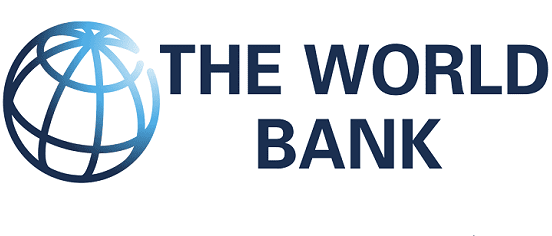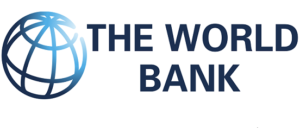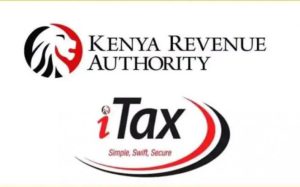The World Bank has expressed concern over the high cost at which Kenya and other African countries, are borrowing commercial loans.l, warning that if the debts are not invested in productive projects, they would lead to repayment difficulties in the future repayment.
Hafez Ghanem who is the World Bank’s Vice President for Africa, said during an exclusive interview with Business Daily, that while Kenya’s debt level has not yet reached a tipping point, it still raises concerns due to the low yielding investments which do not generate enough tax revenue to repay the loans.
During an interview after meeting President Uhuru Kenyatta this week at State House, Dr. Hafez Ghanem said, “I worry about increased indebtedness in Africa,”.
He added that “If a country wants to avoid a debt crisis, you need to make sure that the cost of borrowing is lower than the return on investment.”.
The World Bank gave Kenya 75 billion Kenyan Shillings as support for the 2019 budget.
This marks the first time that Kenya’s Treasury has turned to the lender to seek financing for a non-developmental project.
The East African nation’s public debt has risen rapidly in the past six years to a present day total of more than 5.4 trillion Kenyan Shillings, which is equivalent to nearly 60 percent of its gross domestic product (GDP).
As at January 2019, Kenya owed the World Bank about 548.5 billion Kenyan Shillings, while the Chinese loans totalled 620.6 billion Kenyan Shillings in the same month.
The loans have been spent on projects such as roads,energy, and the Chinese funded Standard Gauge Railway (SGR) which has so far cost about 477 billion Kenyan Shillings.
The Standard Gauge Railway (SGR) however, is criticised for contributing little to the economy.
The World Bank’s Vice President for Africa also challenged African countries to review their investment strategies to align loan-funded projects with the cost of borrowing.
Hafez Ghanem says, Kenya needs to find a funding balance to repay the loans and also finance development projects without cutting critical expenditure on education, health, security and social protections.
Kenya’s revenue to GDP is around 15 percent, which is better than many countries but is way too low to meet the development objectives of the country,” he said, suggesting that he would be recommending to Kenya to “improve resource mobilisation” – a byword for more taxation – rather than a reduction in spending on social services.
While a case on whether or not citizens should pay another 1.5 percent of their earnings to fund the affordable homes programme is pending in court, individuals in Kenya are already currently paying graduated premiums for health insurance.
The Kenya Revenue Authority (KRA) has in recent years actively sought to expand the country’s tax base.
By June 2019, only about four million Kenyans had filed their tax returns, out of a population of more than 45 million.
As at April 2019, the Kenya Revenue Authority (KRA) had collected 1.16 trillion Kenyan Shillings revenue, out of a full year target of 1.605 trillion Kenyan Shillings.
Kenya’s debt to revenue ratio, stands at 54.74 percent, meaning more than half of the revenue collected by the East African nation, is spent on repaying its public debt.




